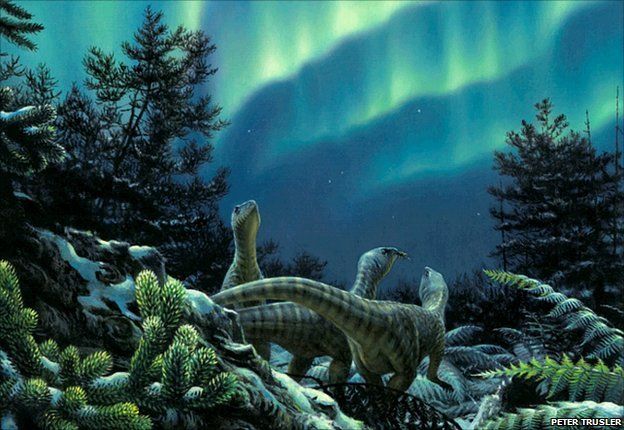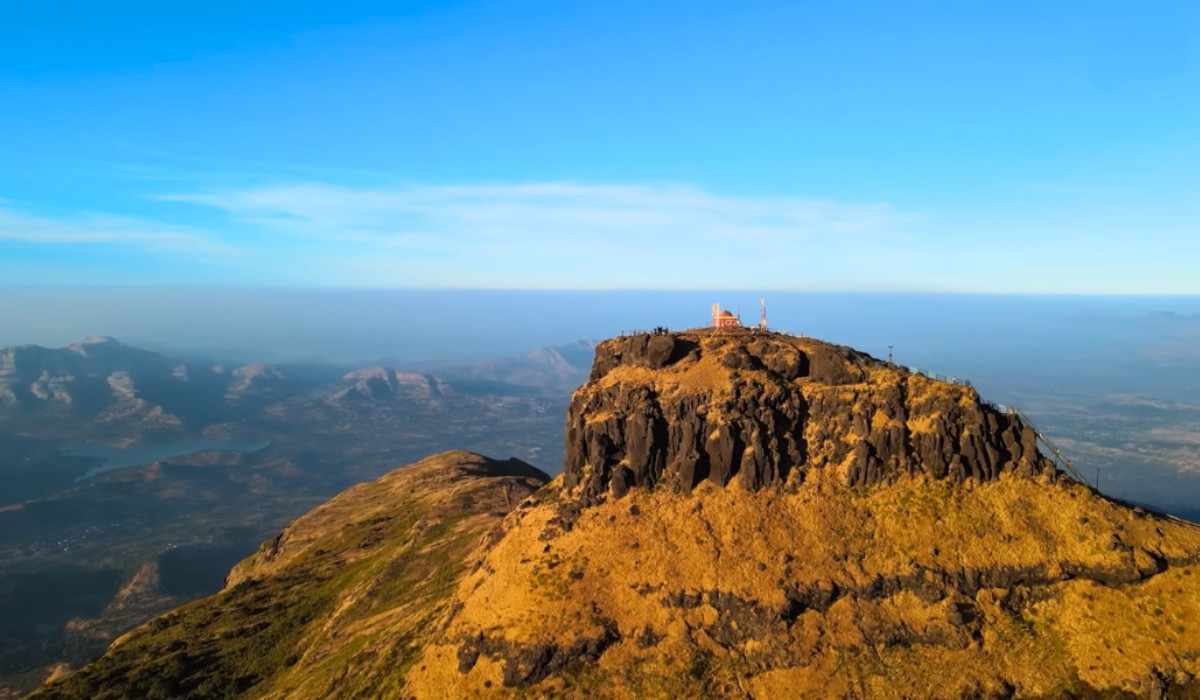The coldest continent on Earth used to be as warm as Italy. Here’s how we know.
Not far from the South Pole, more than half a mile below the ocean in a region that was once covered by ice. A layer of ancient fossils tells a surprising story about the coldest continent on Earth. Today, the South Pole records average winter temperatures of 78 degrees Fahrenheit below zero. But roughly 90 million years ago, the fossils suggest. Antarctica was as warm as Italy and covered by a green expanse of rain-forest.
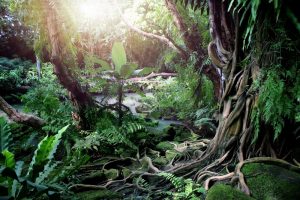
They were surprised to find fossil remnants of this forest in a sediment core sample retrieved in February 2017 from the ocean floor in the Amundsen Sea off the coast of West Antarctica. This sample contained ancient forest soil with an abundance of fossilized plant pollen and spores. CT scans revealed a dense network of fossilized plant roots. What’s astonishing about this discovery is its location. Ninety million years ago, this West Antarctic forest was just 560 miles (900 km) from the then-South Pole. Yet its climate was surprisingly mild.
The scientists think these mild conditions. An annual mean temperature of about 54 degrees Fahrenheit (12 degrees Celsius) were possible because there was no significant ice sheet across Antarctica. It appears that carbon dioxide concentrations were much higher than previously thought. Their findings were published in the April 1, 2020, issue of the peer-reviewed journal Nature.
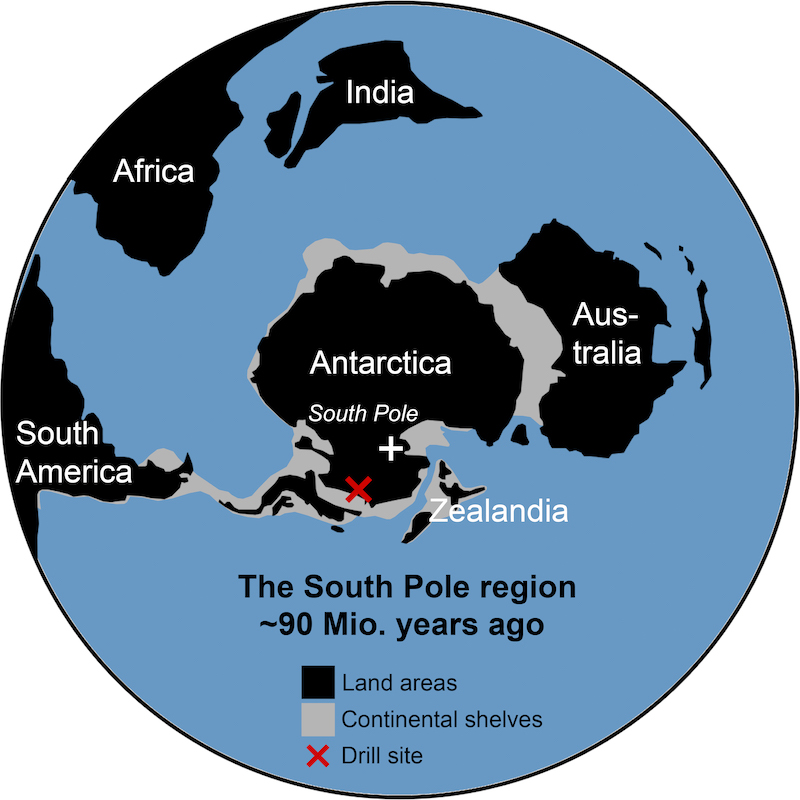
As climate change warms Antarctica and shrinks its enormous ice sheet, many scientists are wondering whether history could repeat itself. But relatively few research teams have the tools to work in a place where Titanic-sized icebergs pepper the ocean.
What Researcher Found in Antarctica?
Another surprise followed when the scientists subjected the sample to X-ray CT scans. Visible in the CT images was a dense network of roots, so pristinely preserved that individual cell structures were discernible. In the fine-grained clay and silt of the forest soil layer, the researchers found fossilized pollen and spores from plants, including some from the first flowering plants ever found at such high southern latitudes.
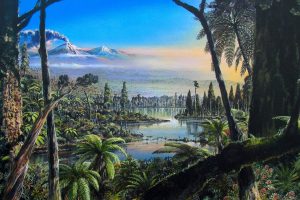
How could a temperate rainforest exist at about 82 degrees latitude south, 560 miles (900 kilometers) from the Antarctica South Pole’s location 90 million years ago, where the forest would have been in darkness each year during four months of polar night?
Over the past 140 million years, the warmest climate on Earth occurred between 115 to 80 million years ago. Scientists have known, from previous studies, that tropical sea surface temperatures could have been as high as 95 degrees Fahrenheit (35 degrees Celsius) and the sea level was 560 feet (170 meters) higher than it is today. This new sediment core was the first opportunity to better understand the southern polar region’s climate during the mid-Cretaceous. There were several steps to the analysis. Klages said:
To get a better idea of what the climate was like in this warmest phase of the Cretaceous, we first assessed the climatic conditions under which the plants’ modern descendants live.
Then, the scientists analyzed the soil sample – looking for biological and geochemical temperature and precipitation indicators – to better understand rainfall amounts, as well as air and water temperatures, in the ancient West Antarctic rainforest.







